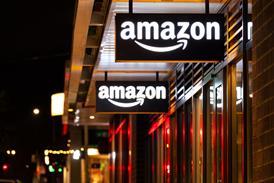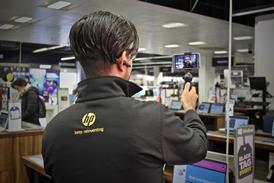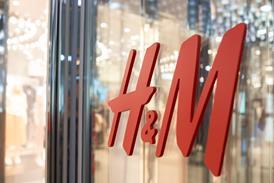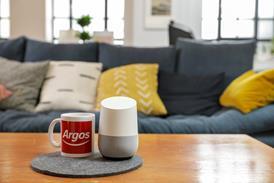- Rankings
- Marketing
- Logistics & customer service
- Cross-channel
- Ecommerce
 Evri reports 30% increase in US parcel deliveries as postal firms pause shipments
Evri reports 30% increase in US parcel deliveries as postal firms pause shipments Q&A: New boss of H&M-backed Centra Sara Laurell wants to keep the growth coming
Q&A: New boss of H&M-backed Centra Sara Laurell wants to keep the growth coming Why retail is lagging behind other sectors in AI investment
Why retail is lagging behind other sectors in AI investment Q&A: Currys Business’ Dean Kramer on growing brand awareness to reach more UK firms
Q&A: Currys Business’ Dean Kramer on growing brand awareness to reach more UK firms
- Case studies
- Methodology
H&M: From digital laggard to leader

H&M has had a meteoric rise from 18th to second in Retail Week’s Indicator after investing in digital to create a “modern and relevant” customer experience
Less than 18 months ago, H&M was in the digital doldrums. In early 2018, the retailer admitted it had made some strategic mistakes, revealing itself to be painfully slow in adapting to the digitisation of the fashion market.
Since then, H&M has embarked on a rapid investment programme that has not just brought its digital offer up to scratch but has made it market leading.
We speak to H&M UK and Ireland head of expansion Moritz Garlich and online manager Charlotta Emanuelsson to find out how it went from digital laggard to leader.
Already have an account? Sign in here












